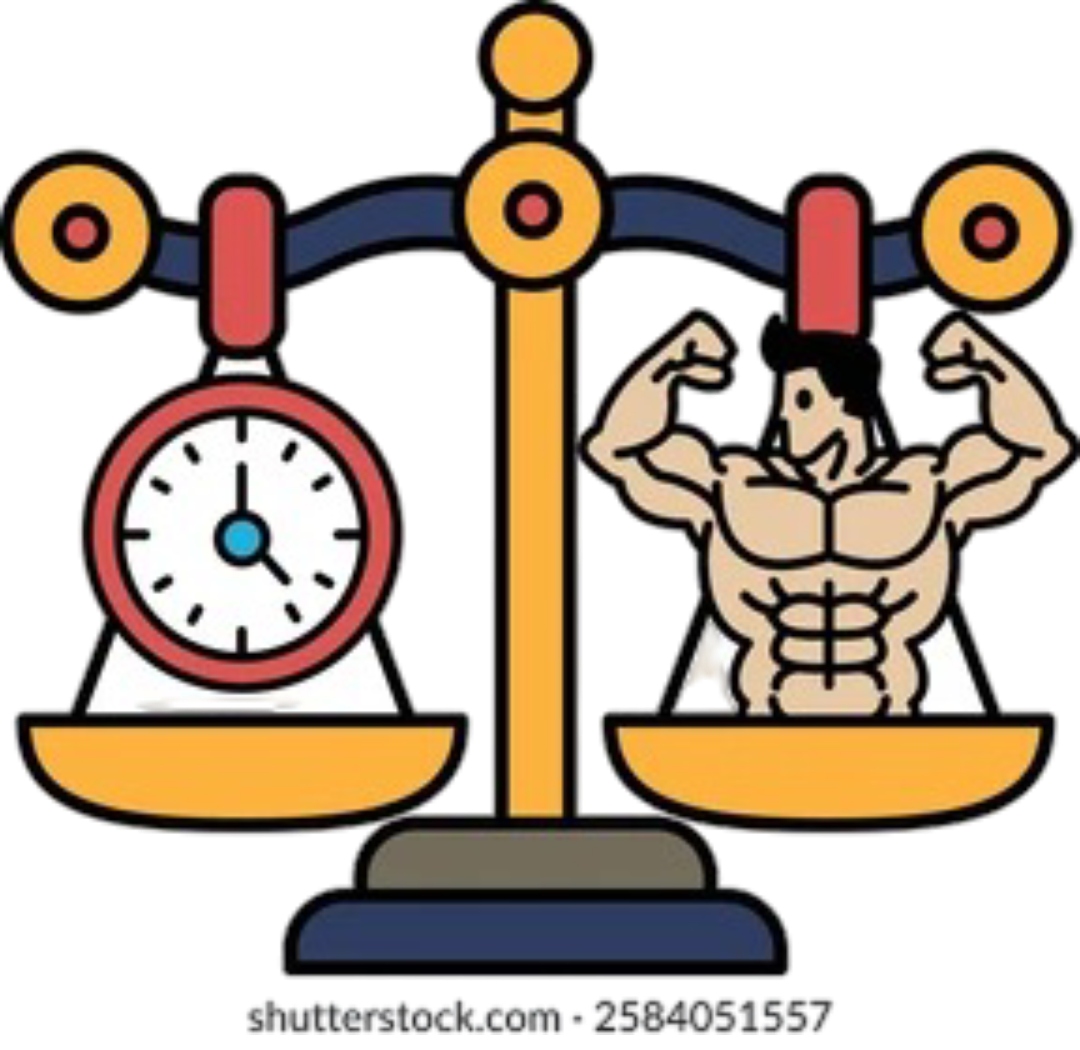7evenvox22
legalize prostitution
- Joined
- May 29, 2025
- Posts
- 349
- Reputation
- 885
Thread Song:
Introduction:
You can be jacked, or you can live long, not both. sounds dramatic, but once you understand how mTOR works, it starts to make sense.
People love to bring up outliers, the 80-year-old bodybuilder who still looks shredded, but anecdotes don’t change biology. If you’re constantly chasing size, you’re trading off longevity at the cellular level.
To see why, we have to look at mTOR complex 1 vs mTOR complex 2, or in simpler terms, growth vs survival.

What is mTOR?
mTOR stands for mechanistic target of rapamycin, a central kinase that regulates growth, metabolism, and cell survival.
It exists in two main complexes:
- mTOR-C1: linked to hypertrophy and growth
- mTOR-C2: linked to longevity and cellular maintenance
Both are crucial, but they pull you in opposite directions.

mTOR-C1 - Growth Mode
This is the anabolic side. Leucine, insulin, and IGF-1 all activate mTOR-C1, which stimulates protein synthesis, lipogenesis, and muscle hypertrophy.
It’s what you want if you’re chasing size, but it comes at a cost.
chronic activation of mTOR-C1 suppresses autophagy, your body’s cellular cleanup system. Without autophagy, damaged proteins and mitochondria accumulate, leading to oxidative stress and cellular aging.
In short: grow now, die sooner.

mTOR-C2 - Longevity Mode
mTOR-C2 focuses on survival, repair, and insulin sensitivity. It’s activated through protein cycling, fasting, and compounds like rapamycin or its analogs.
Unlike C1, it promotes autophagy and helps maintain cellular integrity, but it’s catabolic. You’ll lose some muscle density and overall size when this pathway dominates.
In short: build less, live more.

The Balance Problem
Bodybuilding keeps mTOR-C1 switched on constantly. longevity protocols fasting, calorie restriction, rapalogs push mTOR-C2 and suppress growth.
You can’t fully activate one without compromising the other. The balance is what matters.
Cycling between anabolic and catabolic states might be the key. training and feeding phases for C1 activation, followed by fasting or rapamycin phases for C2 recovery.

Summary:
- mTOR-C1: hypertrophy, protein synthesis, cell growth
- mTOR-C2: longevity, repair, insulin sensitivity
- chronic C1 = suppressed autophagy, faster aging
- chronic C2 = improved lifespan, less muscle mass
TL;DR:
Being jacked means choosing growth over longevity. Understanding how to toggle between mTOR-C1 and C2 might let you find the middle ground, but for now, it’s still experimental.
Thank you for reading
This one was more conceptual, but I thought it was a good reminder that everything comes with a trade-off. Appreciate everyone who’s still been following these threads means a lot. If you enjoyed it, drop your thoughts or bookmark it, it keeps me motivated to keep posting.

Introduction:
You can be jacked, or you can live long, not both. sounds dramatic, but once you understand how mTOR works, it starts to make sense.
People love to bring up outliers, the 80-year-old bodybuilder who still looks shredded, but anecdotes don’t change biology. If you’re constantly chasing size, you’re trading off longevity at the cellular level.
To see why, we have to look at mTOR complex 1 vs mTOR complex 2, or in simpler terms, growth vs survival.

What is mTOR?
mTOR stands for mechanistic target of rapamycin, a central kinase that regulates growth, metabolism, and cell survival.
It exists in two main complexes:
- mTOR-C1: linked to hypertrophy and growth
- mTOR-C2: linked to longevity and cellular maintenance
Both are crucial, but they pull you in opposite directions.

mTOR-C1 - Growth Mode
This is the anabolic side. Leucine, insulin, and IGF-1 all activate mTOR-C1, which stimulates protein synthesis, lipogenesis, and muscle hypertrophy.
It’s what you want if you’re chasing size, but it comes at a cost.
chronic activation of mTOR-C1 suppresses autophagy, your body’s cellular cleanup system. Without autophagy, damaged proteins and mitochondria accumulate, leading to oxidative stress and cellular aging.
In short: grow now, die sooner.

mTOR-C2 - Longevity Mode
mTOR-C2 focuses on survival, repair, and insulin sensitivity. It’s activated through protein cycling, fasting, and compounds like rapamycin or its analogs.
Unlike C1, it promotes autophagy and helps maintain cellular integrity, but it’s catabolic. You’ll lose some muscle density and overall size when this pathway dominates.
In short: build less, live more.

The Balance Problem
Bodybuilding keeps mTOR-C1 switched on constantly. longevity protocols fasting, calorie restriction, rapalogs push mTOR-C2 and suppress growth.
You can’t fully activate one without compromising the other. The balance is what matters.
Cycling between anabolic and catabolic states might be the key. training and feeding phases for C1 activation, followed by fasting or rapamycin phases for C2 recovery.

Summary:
- mTOR-C1: hypertrophy, protein synthesis, cell growth
- mTOR-C2: longevity, repair, insulin sensitivity
- chronic C1 = suppressed autophagy, faster aging
- chronic C2 = improved lifespan, less muscle mass
TL;DR:
Being jacked means choosing growth over longevity. Understanding how to toggle between mTOR-C1 and C2 might let you find the middle ground, but for now, it’s still experimental.
Thank you for reading
This one was more conceptual, but I thought it was a good reminder that everything comes with a trade-off. Appreciate everyone who’s still been following these threads means a lot. If you enjoyed it, drop your thoughts or bookmark it, it keeps me motivated to keep posting.

Last edited:

